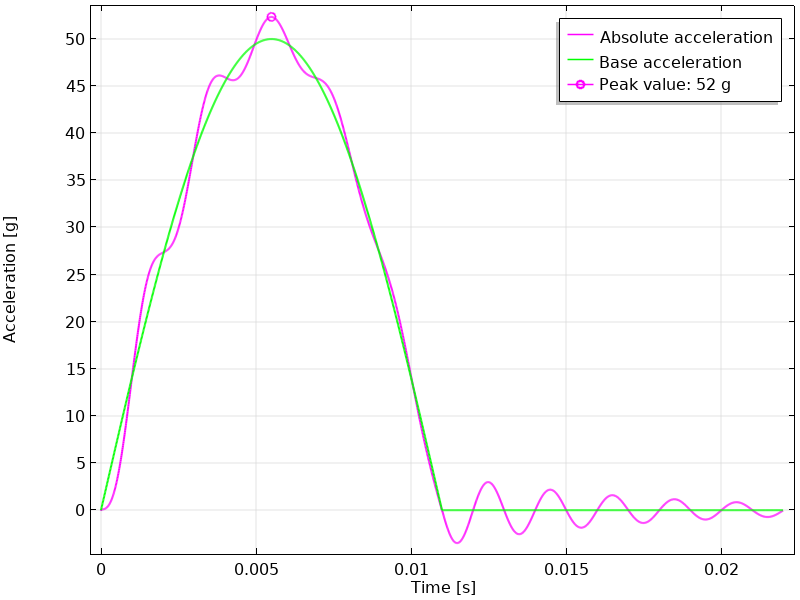|
What is a Response Spectra Analysis?
Response spectra provide a very handy tool for engineers to quantify the demands of earthquake ground motion on the capacity of buildings to resist earthquakes. Data on past earthquake ground motion is generally in the form of time-history recordings obtained from instruments placed at various sites that are activated by sensing the initial ground motion of an earthquake. The amplitudes of motion can be expressed in terms of acceleration, velocity and displacement. The first data reported from an earthquake record is generally the peak ground acceleration (PGA) which expresses the tip of the maximum spike of the acceleration ground motion. Although useful to express the relative intensity of the ground motion (i.e., small, moderate or large), the PGA does not give any information regarding the frequency (or period) content that influences the amplification of building motion due to the cyclic ground motion. In other words, tall buildings with long fundamental periods of vibration will respond differently than short buildings with short periods of vibration. Response spectra provide these characteristics. Picture a field of lollipop-like structures of various heights and sizes stuck in the ground. Of course, the final goal of using a method such as response spectrum analysis is to design mechanisms that actively or passively absorb energy associated with an earthquake. For example, seismic isolation involves mounting a building on bearings with low horizontal stiffness, thus increasing the natural vibration frequency and reducing acceleration. When considering a linear, elastic system that oscillates in response to a forcing function, response spectrum analysis provides key information for real-world applications, and has, in spite of many underlying assumptions, remained the primary tool in engineering seismology. With advances in computational capabilities, more detailed analyses that consider temporal modal interactions via superposition have become possible. |
- Welcome
- PORTFOLIO
-
Services
-
Geotechnical Engineering
>
- Geotechnical Explorations >
-
FOUNDATION ENGINEERING
>
- GEOLOGICAL ENGINEERING >
- Septic Engineering >
- PHASE I-III ASSESSMENTS
- ENVIRONMENTAL ASSESSMENTS >
- Site-Specific Seismic Evaluations >
- BUILDING ASSESSMENTS >
- Retaining Walls
- Shoring
- Pin Piles
- Gabion wall
- HELICAL PIER
- Structural Retrofitting
- MANTA RAY ANCHORS
- GEOPHYSICS
- PAVEMENTS / PUBLIC WORKS >
- SOFTWARE >
-
Geotechnical Engineering
>
- Contact Us
- Employment
- Library
- Florida Geo Services
- Blog
- Landing 2024
- Welcome
- PORTFOLIO
-
Services
-
Geotechnical Engineering
>
- Geotechnical Explorations >
-
FOUNDATION ENGINEERING
>
- GEOLOGICAL ENGINEERING >
- Septic Engineering >
- PHASE I-III ASSESSMENTS
- ENVIRONMENTAL ASSESSMENTS >
- Site-Specific Seismic Evaluations >
- BUILDING ASSESSMENTS >
- Retaining Walls
- Shoring
- Pin Piles
- Gabion wall
- HELICAL PIER
- Structural Retrofitting
- MANTA RAY ANCHORS
- GEOPHYSICS
- PAVEMENTS / PUBLIC WORKS >
- SOFTWARE >
-
Geotechnical Engineering
>
- Contact Us
- Employment
- Library
- Florida Geo Services
- Blog
- Landing 2024


